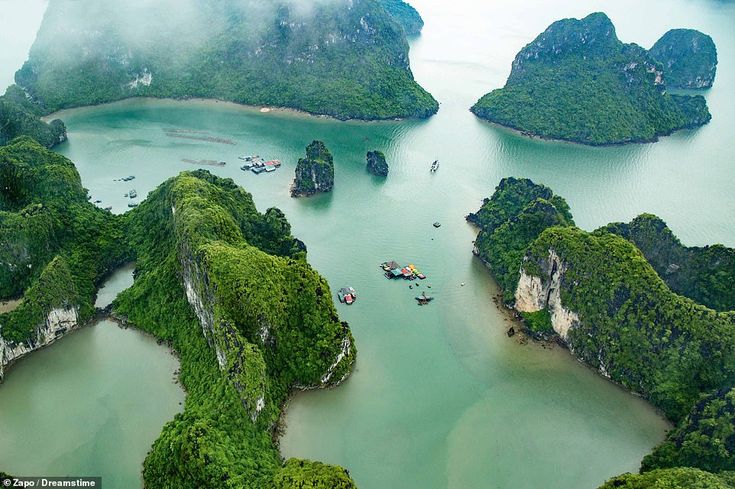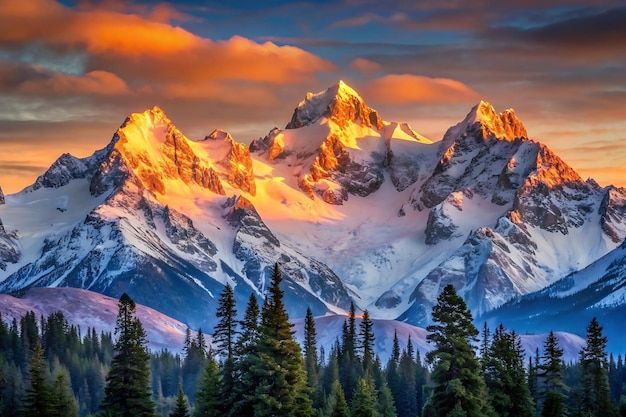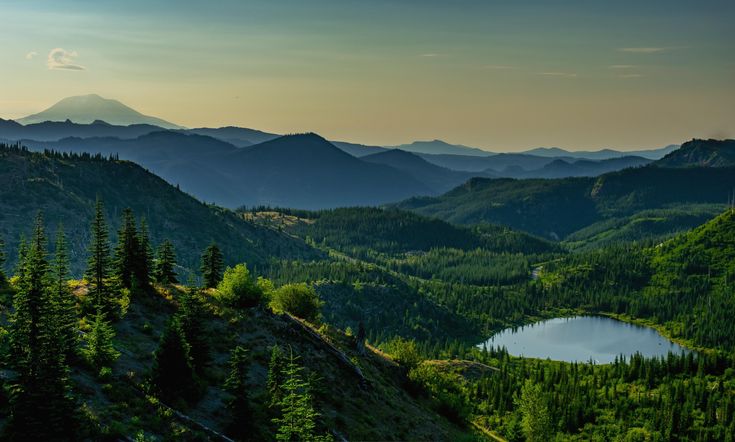
Indian beautiful travelling place
June 18, 2025
The Most Healthy Fruits
June 20, 2025“Explore the World’s Most Beautiful Travel Destinations” top 10 Destinations name:-
Traveling the world is a journey of discovery—of places, cultures, and oneself. From the snow-capped peaks of the Himalayas to the sun-kissed beaches of the Caribbean, every destination offers a unique story waiting to unfold. Whether wandering through ancient cities steeped in history, exploring vibrant local markets, or marveling at natural wonders like the Grand Canyon or the Northern Lights, travel connects us to the beauty and diversity of our planet.
It allows us to taste new cuisines, meet people from different backgrounds, and gain fresh perspectives that broaden our understanding of life. World travel is not just a physical adventure—it’s a soulful experience that inspires, educates, and enriches us with unforgettable memories. There are some such beautiful places where you can visit which are given in the blog post below…………
The writer name of shoubhik maity
Table of Contents

1. Kyoto, Japan — A Living Poem of Seasons
Kyoto, once the imperial capital of Japan for over a thousand years, is one of the most culturally rich and historically significant cities in the country.
Nestled in the Kansai region on the island of Honshu, Kyoto is renowned for its classical Buddhist temples, Shinto shrines, traditional wooden houses, meticulously maintained gardens, and seasonal beauty—especially during cherry blossom and autumn foliage seasons. The city is home to 17 UNESCO World Heritage Sites, including the famous Kinkaku-ji (Golden Pavilion), the Fushimi Inari Shrine with its thousands of vermilion torii gates, and the majestic Kiyomizu-dera Temple perched on a hillside with sweeping views of the city. The Arashiyama Bamboo Grove, with its soaring green stalks, offers a peaceful retreat, while the Gion District immerses visitors in the elegant world of geishas and traditional tea houses.
For travelers, Kyoto is easily accessible by the Shinkansen (bullet train) from Tokyo, taking around 2 hours and 15 minutes. The city also has excellent public transportation, including buses and subways, making it easy to explore different districts. Ideal travel times are spring (March to May) for cherry blossoms and autumn (October to November) for vivid foliage. Accommodations range from luxury ryokans (traditional inns) to budget hostels and modern hotels. Kyoto cuisine is another highlight—don’t miss kaiseki (multi-course meals), matcha sweets, and yudofu (boiled tofu). Whether you’re seeking historical insight, spiritual calm, or the aesthetic beauty of Japan, Kyoto is a destination that offers a deep, enriching experience for every traveler.

2. Ubud, Bali, Indonesia — The Spiritual Pulse of the Jungle
Ubud, Bali, Indonesia is a captivating destination nestled in the lush uplands of Bali, known for its rich culture, spiritual energy, verdant rice terraces, and vibrant arts scene.
Often regarded as the cultural heart of Bali, Ubud is surrounded by stunning natural landscapes—towering palm trees, flowing rivers, and emerald-green rice paddies carved into hillsides. The town is home to numerous temples such as Goa Gajah (Elephant Cave) and Pura Taman Saraswati, as well as sacred spaces like the Monkey Forest Sanctuary, where ancient banyan trees and playful macaques create an otherworldly experience. Ubud is also a haven for wellness and spirituality, offering a multitude of yoga studios, meditation retreats, and holistic healing centers that attract visitors from around the world seeking peace and self-discovery.
From a travel perspective, Ubud is easily accessible by road, located about 35–40 km (1.5 to 2 hours by car) from Ngurah Rai International Airport in Denpasar, Bali’s main entry point. Transportation options include private taxis, airport transfers, or hired drivers, with scenic drives through villages and terraced landscapes along the way. Accommodation in Ubud ranges from luxurious jungle resorts and eco-villas to cozy homestays and boutique hotels, catering to both high-end and budget travelers.
The best time to visit is during the dry season, between April and October, when the weather is pleasant and ideal for exploring the outdoors. Ubud is also a great base for exploring surrounding attractions like Tegallalang Rice Terrace, Mount Batur for sunrise hikes, and traditional Balinese craft villages such as Celuk (silver jewelry) and Mas (wood carving). Whether you’re drawn to its spiritual essence, artistic soul, or natural beauty, Ubud offers a deeply enriching travel experience unlike any other.

3. Samarkand, Uzbekistan — Silk Road Echoes
Samarkand, Uzbekistan is one of the most ancient and historically rich cities in Central Asia, often referred to as the “Crossroads of Cultures” or the “Pearl of the Silk Road.” Situated in southeastern Uzbekistan, Samarkand has been inhabited for over 2,500 years and was a key center of trade, scholarship, and culture during the height of the Silk Road.
The city rose to prominence under the rule of Timur (Tamerlane) in the 14th century, who made it the capital of his vast empire. As a result, Samarkand is adorned with majestic architectural wonders such as the Registan Square—a breathtaking ensemble of three grand madrasahs (Ulugh Beg, Sher-Dor, and Tilya-Kori), each richly decorated with intricate tilework, mosaics, and Islamic calligraphy. The Shah-i-Zinda necropolis, a series of stunning mausoleums on a hillside, and the Bibi-Khanym Mosque, once one of the largest mosques in the Islamic world, are other must-see historical landmarks. The Gur-e-Amir Mausoleum, the final resting place of Timur, glows golden under the night sky and leaves a lasting impression on visitors.
Traveling to Samarkand is increasingly accessible. Most international travelers arrive via Tashkent, the capital of Uzbekistan, which is well-connected to major global cities. From Tashkent, you can reach Samarkand in about 2 hours by the high-speed Afrosiyob train, which offers a comfortable and scenic journey across the Uzbek countryside. Alternatively, there are domestic flights and long-distance buses. Once in Samarkand, getting around is easy with taxis, shared vans, or even on foot if you’re staying near the historic center.
The best time to visit is during spring (April to June) or autumn (September to October), when the weather is mild and pleasant. Local cuisine is a delightful part of the experience—don’t miss traditional Uzbek dishes like plov (rice with meat and vegetables), shashlik (grilled skewered meat), and non (local bread). Hospitality is a deep-rooted part of Uzbek culture, and visitors are often welcomed with warmth and generosity. Samarkand offers not only a visual and historical journey but also a soulful connection to centuries of human achievement and cultural blending.
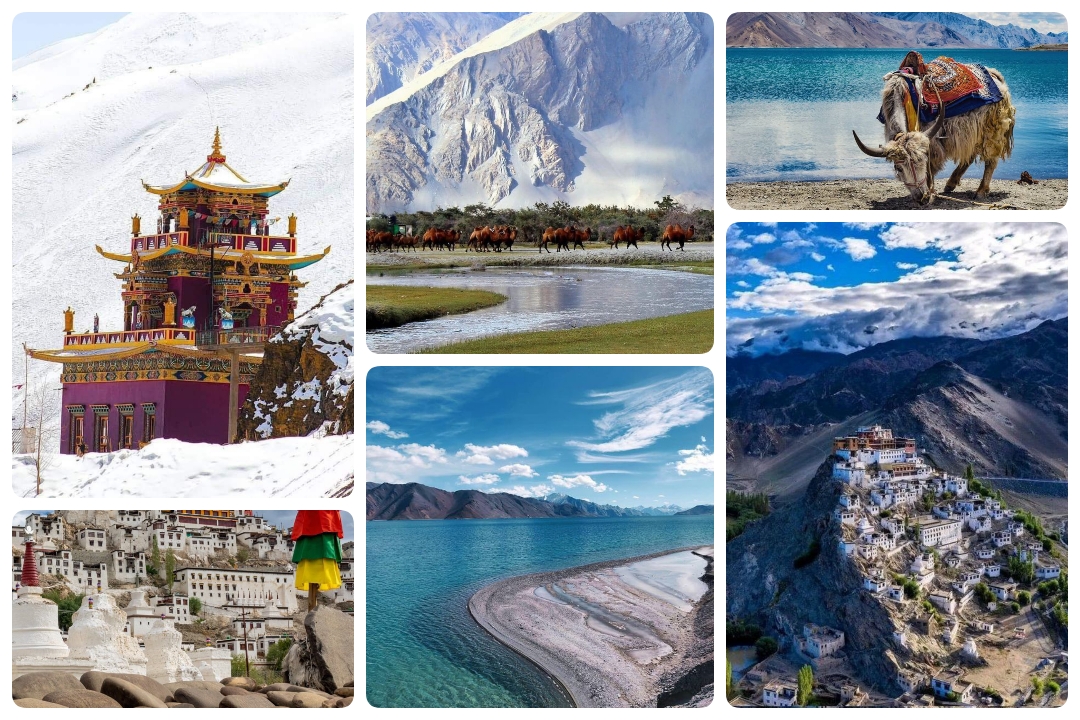
4. Leh-Ladakh, India — Silence Between the Mountains
Leh, the crown jewel of Ladakh in the union territory of Ladakh, India, is a mesmerizing high-altitude town nestled in the Himalayan ranges at an elevation of about 3,500 meters (11,500 feet). It is known for its stunning landscapes, snow-capped mountains, clear blue skies, and ancient monasteries that dot the rugged terrain.
Historically, Leh was a vital stop on trade routes between Tibet and India, and you can still see its rich cultural blend of Tibetan Buddhist and Ladakhi traditions in the art, architecture, and festivals of the region. Dominated by the majestic Leh Palace, which resembles a smaller version of the Potala Palace in Lhasa, the town is also home to important monasteries like Thiksey, Hemis, and Spituk, each offering peaceful retreats and panoramic views.
Traveling to Leh requires careful planning due to its high altitude. The most common ways to reach Leh are by air or road. Kushok Bakula Rimpochee Airport in Leh is well connected to major cities like Delhi, Srinagar, and Chandigarh, offering direct flights, especially during the tourist season (May to September). If you’re seeking adventure, the journey by road is an unforgettable experience.
There are two main highways: the Manali-Leh Highway and the Srinagar-Leh Highway, both open only in summer due to heavy snowfall in winter. The Manali-Leh route takes you across some of the world’s highest motorable passes such as Tanglang La and Baralacha La, while the Srinagar route offers views of the lush Kashmir Valley gradually transforming into the stark beauty of Ladakh.
Tourists should take at least a day or two to acclimatize upon arrival, as the low oxygen levels can cause altitude sickness. Leh offers many activities, from trekking in the Markha Valley and rafting on the Zanskar River, to exploring the stunning Pangong Lake, Tso Moriri, and Nubra Valley. Visitors often stay in Leh town and use it as a base to explore surrounding attractions. With its unique geography, spiritual energy, and welcoming locals, Leh is not just a destination—it’s a journey into the heart of nature and the self.

5. El Nido, Palawan, Philippines — Paradise in Layers
El Nido, Palawan, located in the western Philippines, is one of the most breathtaking travel destinations in Southeast Asia, known for its stunning limestone cliffs, crystal-clear waters, and secret lagoons.
Nestled at the northern tip of Palawan island, El Nido serves as a gateway to the Bacuit Archipelago, a cluster of karst islets and dramatic rock formations surrounded by turquoise seas and white sand beaches. The town itself has a laid-back island vibe, with beachside restaurants, local shops, and tour operators offering island-hopping adventures that include stops at lagoons like Big Lagoon, Small Lagoon, and Secret Lagoon, as well as snorkeling spots like Shimizu Island and Seven Commandos Beach. For travelers, the best time to visit El Nido is during the dry season, from November to May, when the sea is calm and skies are clear.
To get there, you can fly directly to El Nido Airport via AirSwift from Manila or take a flight to Puerto Princesa, followed by a scenic 5–6 hour van or bus ride north to El Nido town. Accommodations range from budget hostels to luxurious resorts like Pangulasian Island Resort, perfect for all types of travelers. Whether you’re kayaking through emerald waters, diving among vibrant coral reefs, or watching the sunset over the bay, El Nido offers an unforgettable experience that feels like paradise on Earth.

6. Luang Prabang, Laos — Timeless Tranquility
Luang Prabang, a UNESCO World Heritage city in northern Laos, is one of Southeast Asia’s most enchanting travel destinations. Nestled at the confluence of the Mekong and Nam Khan rivers and surrounded by lush mountains, this small yet culturally rich town is a peaceful haven filled with golden temples, colonial-era buildings, and timeless traditions. It was once the royal capital of Laos, and its deep spiritual roots are evident in its 30+ wats (Buddhist temples), with the most famous being Wat Xieng Thong, known for its intricate mosaics and sweeping roofs.
One of the most unique experiences in Luang Prabang is witnessing the morning alms-giving ceremony, where barefoot monks walk in silence at dawn collecting offerings of sticky rice from the locals—an ancient and respectful ritual that is deeply moving for visitors. Travelers can also explore the vibrant Night Market along Sisavangvong Road, offering handmade textiles, ceramics, coffee, spices, and local street food. Another highlight is the nearby Kuang Si Falls, a multi-tiered waterfall with turquoise pools where visitors can swim, relax, or hike through the surrounding forest.
For those interested in history and architecture, the Royal Palace Museum (Haw Kham) gives insight into Lao royal heritage and houses the sacred Prabang Buddha image. Additionally, a climb up Mount Phousi, located in the heart of the city, rewards travelers with a panoramic sunset view over the rivers and rooftops.
Travel details: Luang Prabang International Airport (LPQ) is well-connected by regional flights from cities like Bangkok, Hanoi, and Siem Reap. Visa on arrival is available for many nationalities. Getting around the city is easy—by foot, bicycle, or tuk-tuk. The best time to visit is between November and February, when the weather is cool and dry. Accommodations range from budget guesthouses to elegant boutique hotels housed in restored French colonial buildings, offering something for every traveler.
In all, Luang Prabang is a place where nature, spirituality, and heritage come together in perfect harmony, offering a travel experience that is both culturally immersive and soulfully relaxing.

7. Gobi Desert, Mongolia — Land of Endless Skies
The Gobi Desert, stretching across southern Mongolia and northern China, is one of the most captivating and vast deserts in the world.
Unlike the typical image of deserts as endless sand dunes, the Gobi is a diverse landscape made up of gravel plains, rocky outcrops, towering sand dunes, and even areas of grassland. It covers over 1,600 kilometers from southwest to northeast and is famous for its dramatic temperature extremes—blazing hot in summer and freezing cold in winter. The Gobi is rich in history and was once part of the great Mongol Empire and the ancient Silk Road. It is also one of the world’s most important dinosaur fossil sites, with paleontological discoveries at places like Bayanzag, also known as the Flaming Cliffs.
Visitors can explore the vastness of the desert on camelback, stay with nomadic families in traditional gers (yurts), and witness breathtaking sunrises over the Khongoryn Els sand dunes, some of which rise over 300 feet high. The Yolyn Am gorge in the Gobi Gurvansaikhan National Park surprises many travelers with its deep ice fields even in summer. For travel, the best time to visit is between May and September, when the climate is more manageable.
Tourists usually fly into Ulaanbaatar, the capital of Mongolia, and then take a domestic flight or a rugged overland journey to desert regions like Dalanzadgad, the gateway to the South Gobi. Accommodations range from ger camps to eco-lodges, offering a raw yet unforgettable travel experience. The Gobi isn’t just a place—it’s a powerful immersion into nature, silence, and Mongolia’s ancient nomadic spirit.

8. Bagan, Myanmar — A Sea of Temples
Bagan, Myanmar is one of the world’s most awe-inspiring archaeological sites, often compared to Machu Picchu or Angkor Wat, yet it remains less commercialized and deeply serene. Located in the Mandalay Region of central Myanmar, Bagan was the capital of the Pagan Kingdom from the 9th to the 13th century, during which over 10,000 Buddhist temples, pagodas, and monasteries were constructed. Today, around 2,200 of these religious monuments still stand, scattered across a vast, arid plain along the Irrawaddy River. The sight of the sun rising or setting over this sea of ancient spires is profoundly spiritual and unforgettable, especially when viewed from a hot air balloon, one of the most popular experiences in Bagan.
Traveling to Bagan is most convenient by domestic flight from major cities like Yangon, Mandalay, or Heho (Inle Lake area). The closest airport is Nyaung U Airport (NYU), which is just a few kilometers from Old Bagan. For those preferring scenic routes, overnight buses and river cruises from Mandalay offer alternative options. Within Bagan, transportation is easy with electric scooters (e-bikes), bicycles, horse carts, or private taxis. Accommodations range from budget guesthouses in Nyaung U, mid-range hotels in New Bagan, to luxurious resorts near Old Bagan, giving travelers multiple options to suit their preferences.
The best time to visit Bagan is between November and February, when the weather is cool and dry. Visitors should also dress modestly when entering temples—shoulders and knees must be covered—and shoes must be removed before entering religious sites. In addition to temple hopping, tourists can enjoy traditional puppet shows, visit local lacquerware workshops, take river cruises on the Irrawaddy, or even explore Mount Popa, a volcanic plug and pilgrimage site just 50 km away. Bagan is not just a place of history—it’s a portal to a spiritual, mystical past that continues to enchant all who walk its sacred grounds.
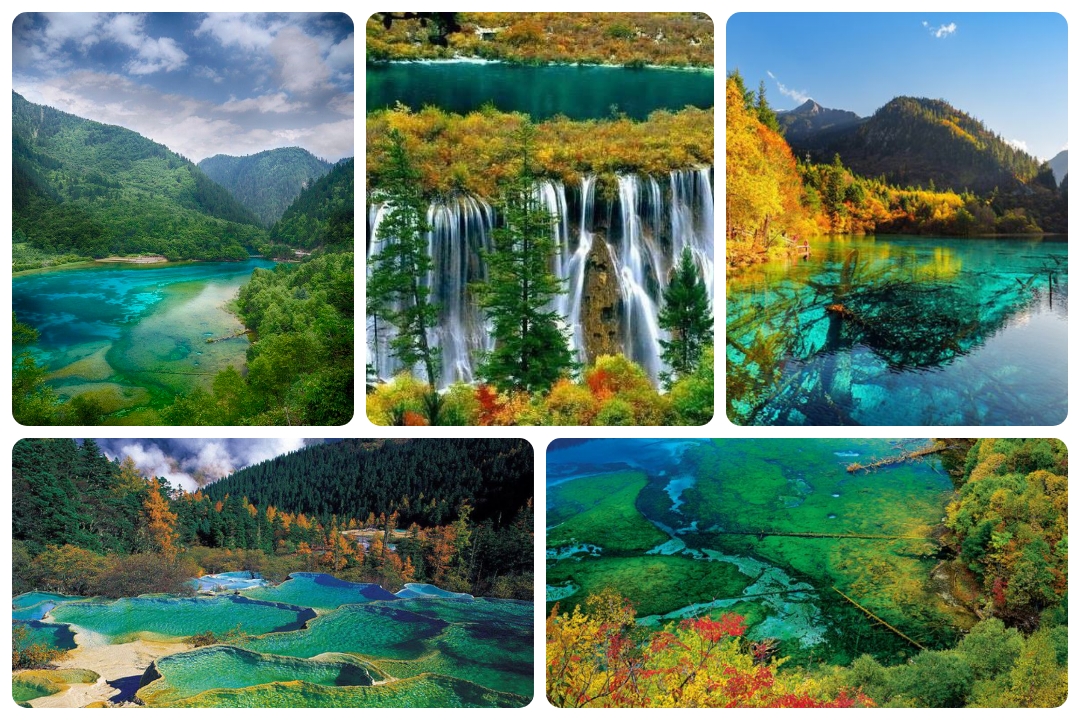
9. Jiuzhaigou Valley, China — Nature’s Watercolor
Jiuzhaigou Valley, located in the northern part of Sichuan Province, China, is a breathtaking nature reserve and UNESCO World Heritage Site renowned for its colorful lakes, multi-tiered waterfalls, snow-capped peaks, and lush forests. The name “Jiuzhaigou” means “Valley of Nine Villages,” referring to the nine Tibetan villages scattered throughout the valley.
This picturesque destination is nestled in the Min Mountains on the edge of the Tibetan Plateau, at altitudes ranging from 2,000 to over 4,500 meters above sea level. It spans an area of over 720 square kilometers, offering an unspoiled paradise of biodiversity and natural wonder. Jiuzhaigou is most famous for its crystal-clear, turquoise lakes such as Five Flower Lake and Long Lake, whose vivid colors are a result of algae, mineral deposits, and pure mountain water. The valley also boasts magnificent waterfalls like Nuorilang Falls, one of the widest in China. It is a haven for wildlife, including endangered species like the giant panda and golden snub-nosed monkey, although sightings are rare.
Travel Details:
To reach Jiuzhaigou Valley, travelers can fly to Jiuzhai Huanglong Airport, located about 88 km (55 miles) from the park entrance. There are direct flights from major Chinese cities like Chengdu, Chongqing, and Beijing. From the airport, a taxi or shuttle can take you to the Jiuzhaigou scenic area in about 1.5 to 2 hours. Alternatively, one can take a long but scenic 8–10 hour drive or bus ride from Chengdu, passing through beautiful mountainous landscapes. The best time to visit Jiuzhaigou is during autumn (September to November), when the foliage bursts into a spectrum of red, yellow, and orange, contrasting vividly with the turquoise lakes. Spring (April to June) is also lovely, with blooming flowers and milder weather.
Summer brings more rain and visitors, while winter, though cold, transforms the valley into a peaceful, snowy wonderland. It’s recommended to buy entry tickets in advance, especially during peak seasons. The park is large, so guided eco-buses inside the reserve help visitors access the main sites easily. Accommodations are available in Zhangzha Town, close to the entrance, ranging from budget guesthouses to mid-range hotels with Tibetan decor. Jiuzhaigou Valley offers not just stunning natural beauty but also a glimpse into Tibetan culture, making it a truly magical and unforgettable destination.

10. Isfahan, Iran — The Persian Masterpiece
Isfahan, Iran—often referred to as “Nesf-e Jahan” or “Half of the World”—is one of the most breathtaking and culturally rich cities in the Middle East. Located in central Iran, Isfahan has served as the capital during several Persian dynasties, most notably during the Safavid era in the 16th and 17th centuries, when it was transformed into one of the grandest cities in the world.
The city is famous for its stunning Islamic architecture, iconic blue-tiled domes, intricate Persian art, and historical bridges that stretch across the Zayandeh River. The heart of Isfahan is Naqsh-e Jahan Square (Imam Square), one of the largest public squares in the world and a UNESCO World Heritage Site, surrounded by architectural masterpieces like the Shah Mosque, Ali Qapu Palace, and Sheikh Lotfollah Mosque. The city is also home to the ancient Si-o-se-pol and Khaju Bridges, which become magical gathering spots in the evenings. Strolling through the Grand Bazaar of Isfahan, visitors can shop for fine Persian carpets, miniature paintings, inlaid woodwork, and traditional sweets like gaz (nougat).
For travelers, Isfahan is accessible by air, road, and rail. The Isfahan International Airport (Shahid Beheshti Airport) connects the city to major Iranian cities like Tehran and Shiraz, and there are also limited international flights. Buses and trains offer affordable and scenic routes into the city from other parts of Iran. The best time to visit is during spring (April to June) or autumn (September to November), when the weather is pleasantly mild and ideal for sightseeing. Public transportation within the city is well-developed, with buses, taxis, and an expanding metro system.
Accommodations range from luxury heritage hotels in restored caravanserais to budget-friendly guesthouses. Visitors are advised to dress modestly in accordance with Iranian cultural norms, and while English is not widely spoken, the locals are famously warm and hospitable. A journey to Isfahan is a journey through the heart of Persian civilization—where art, architecture, and history live in every street, dome, and corner.
Apdox Prime Information
apdoxpi.com

